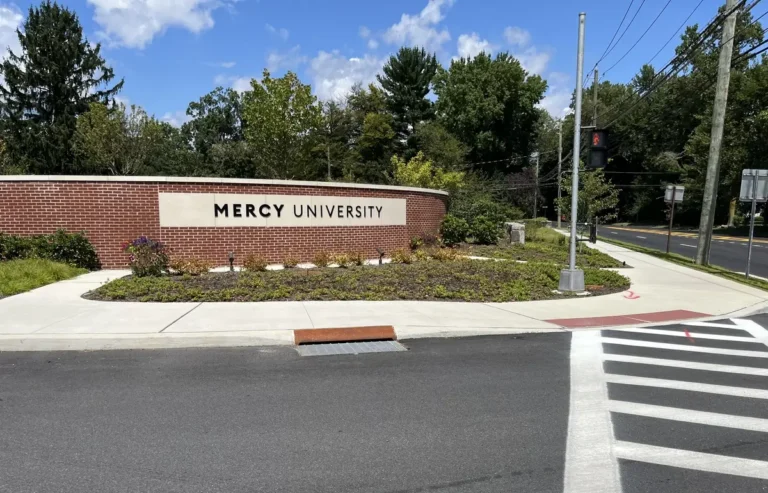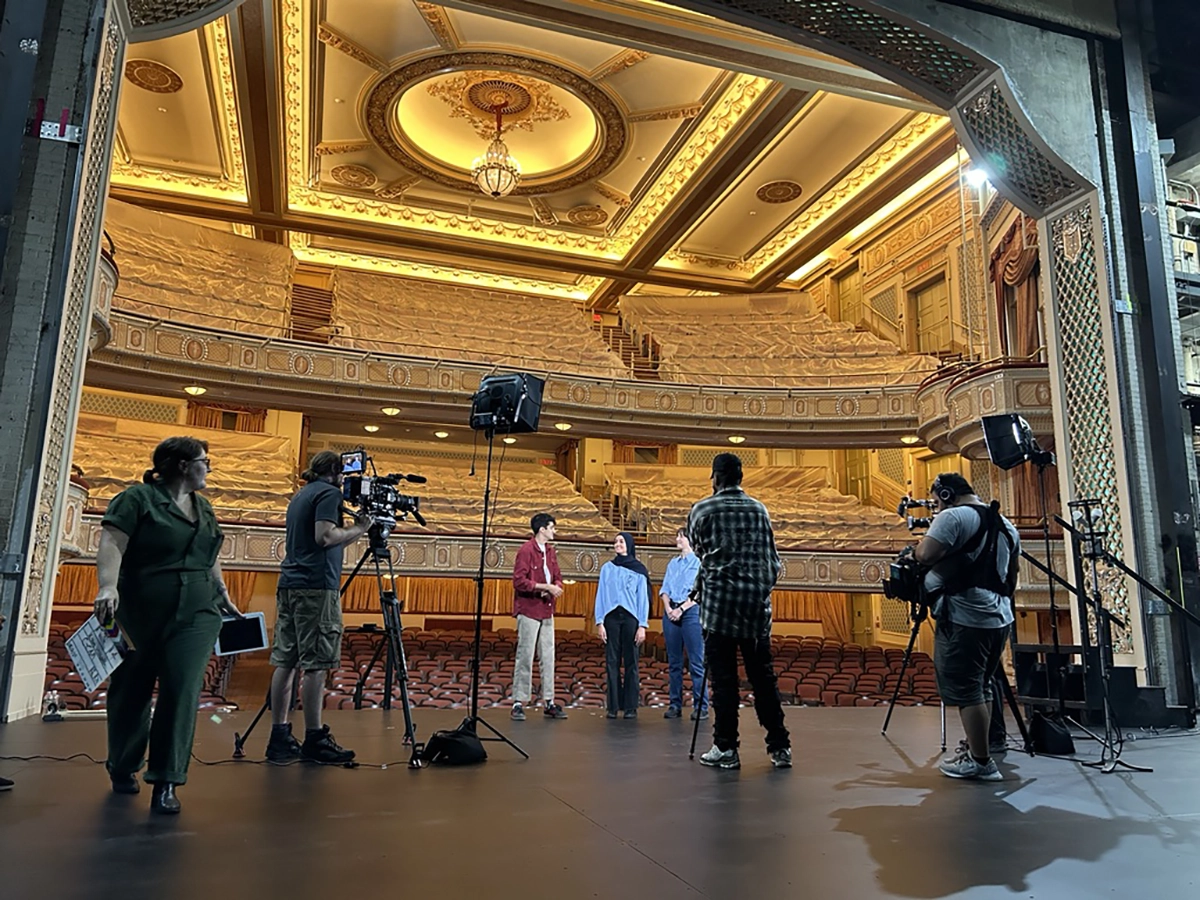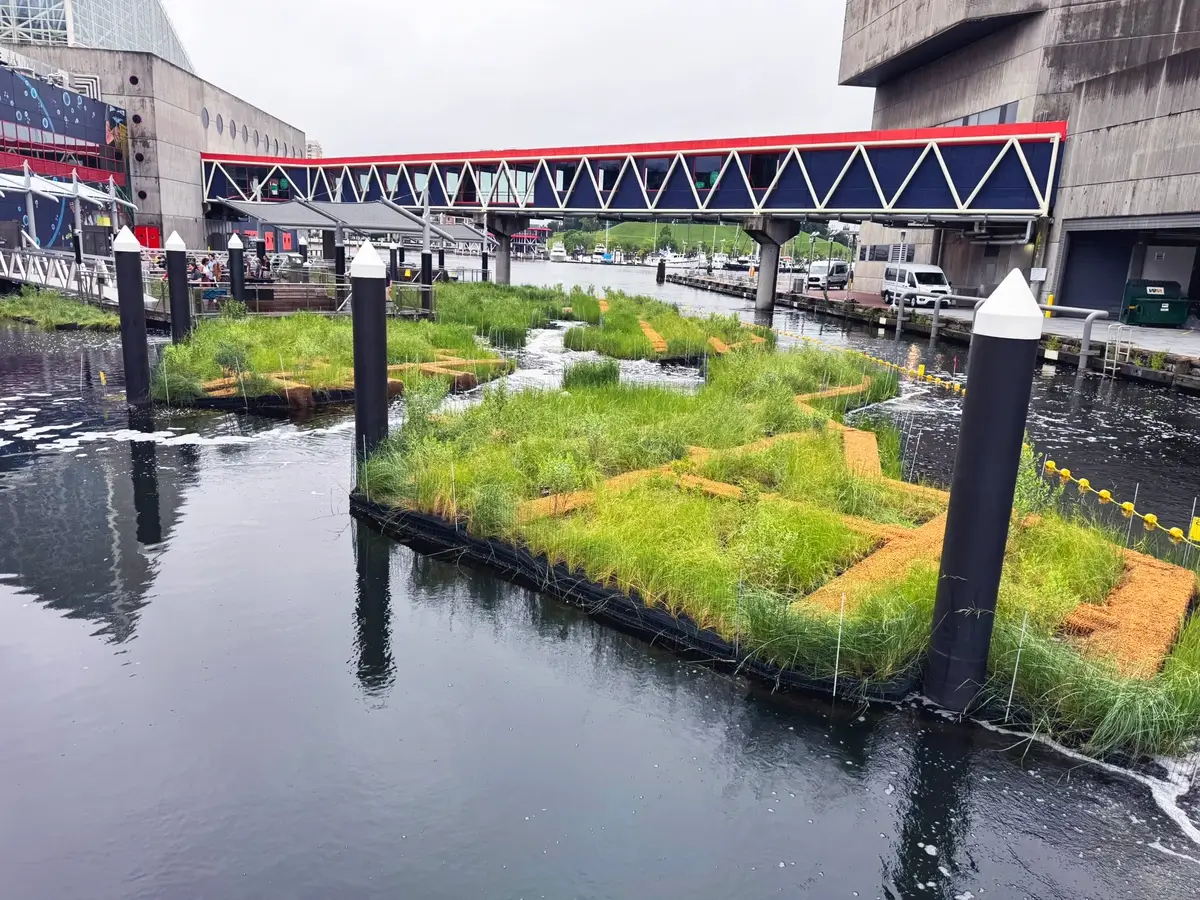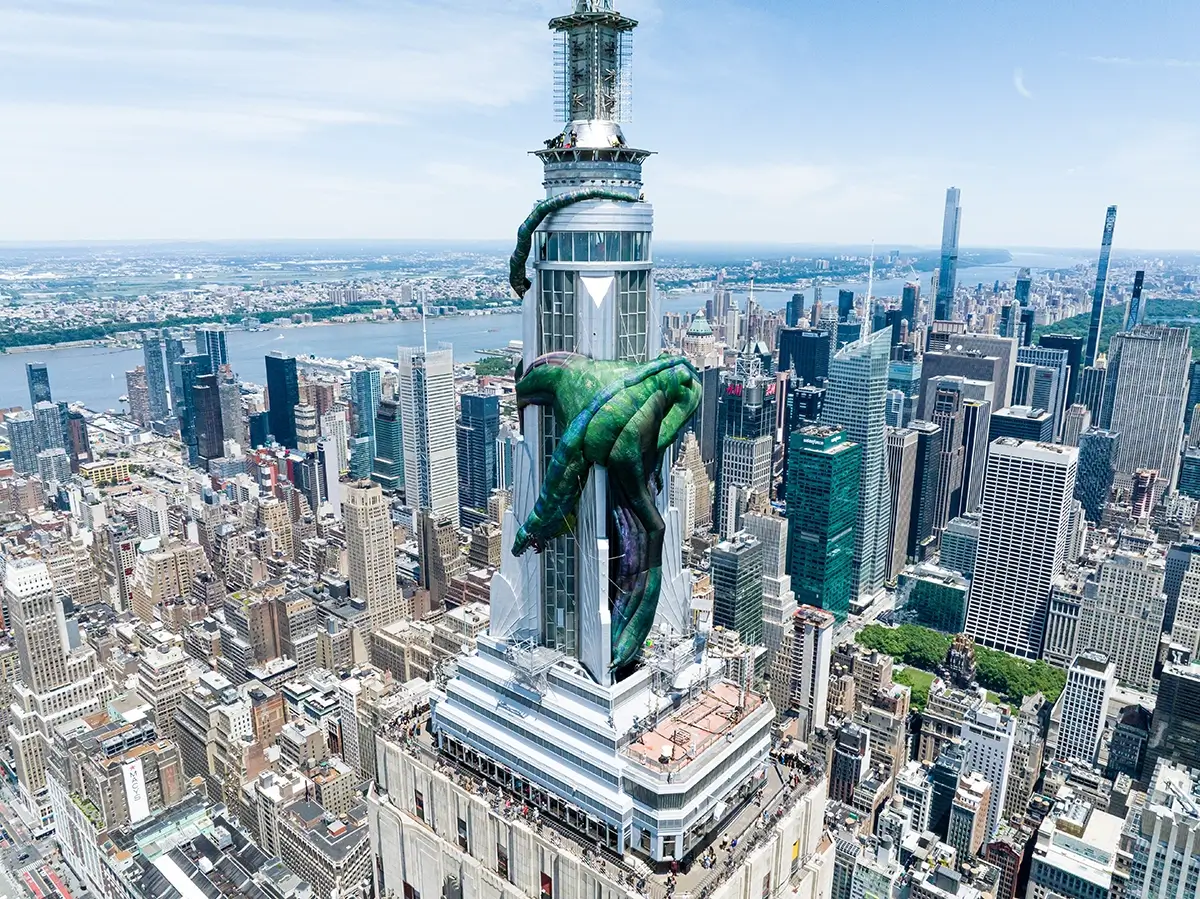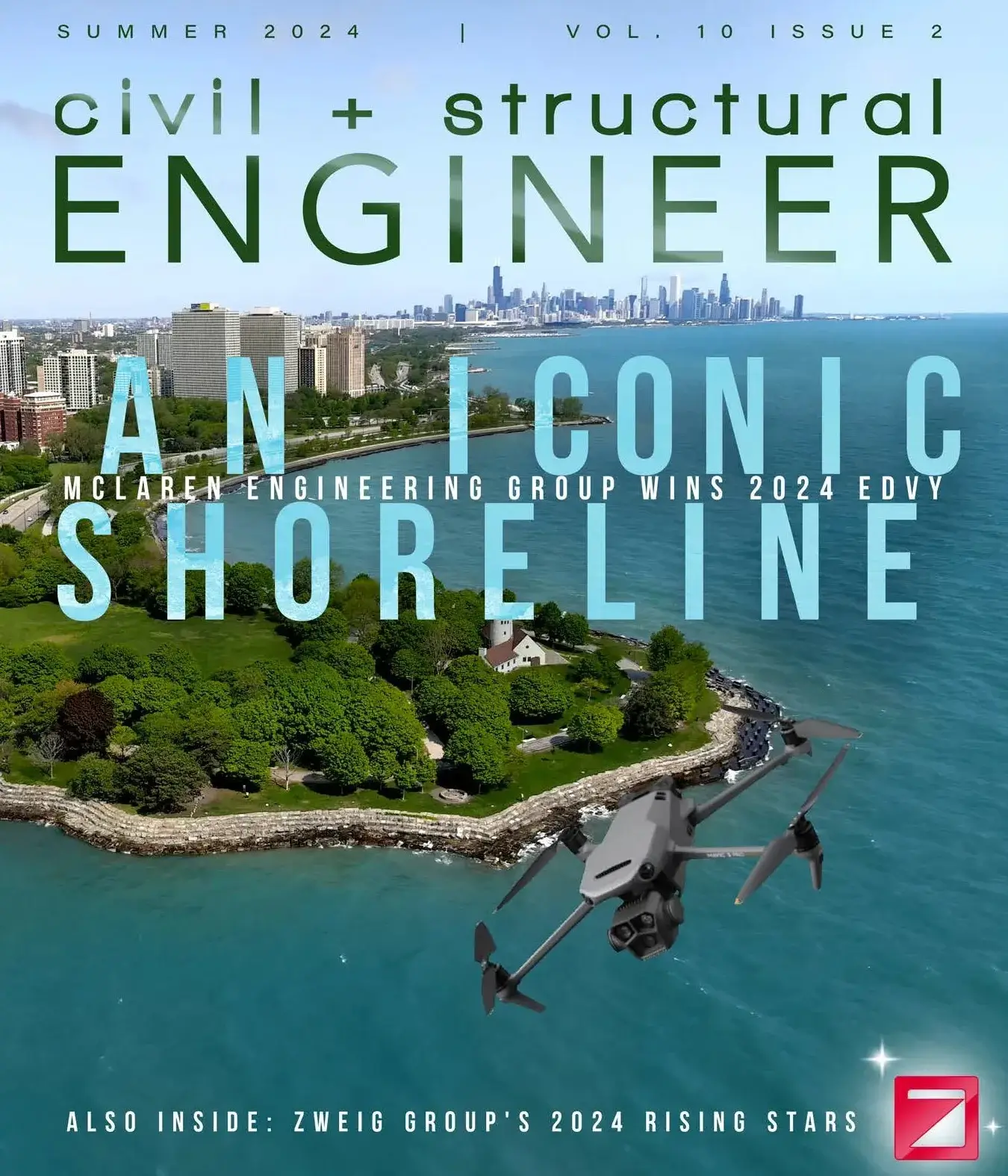Round House Theatre Renovation
Round House Theatre, located in Bethesda, MD, reopened after an impressive 8-month, $9 million renovation. McLaren Engineering Group worked alongside the design team to revamp nearly every aspect of the existing venue to maximize allowable program space and improve the overall audience experience.
This community staple was transformed into an intimate and inclusive performance venue, to continue its trajectory as a space to captivate audiences with stories that inspire and demand conversation. The front of house theatre renovation creates an enhanced, cohesive experience for guests that can be felt from ticket pick-up at the reconfigured box office space to post-performance conversations at the lobby bar. Lobby modifications also included the extension of the existing second floor lobby floor plate to include two new cantilevered balcony elements that mimic the apsidal shape of the stage…making Round House Theatre Round again.

